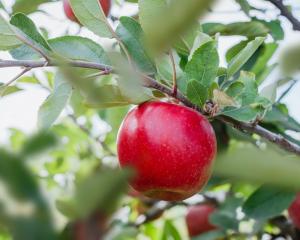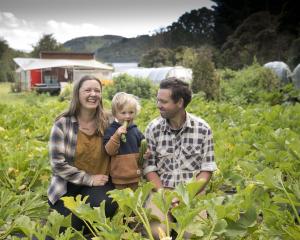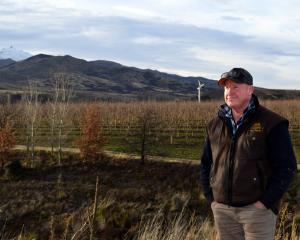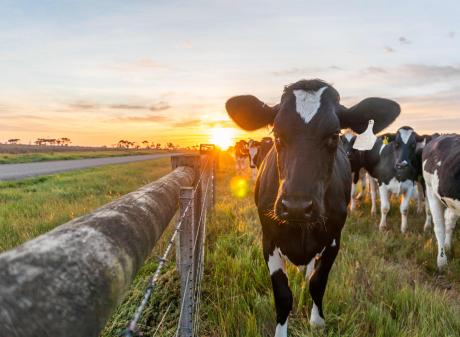
Central Otago District Council economic development manager Nick Lanham told councillors at a virtual council meeting yesterday the economic pulse of both sectors was strong despite worker shortages.
Cherry exports had reached their best levels since 2017 and other stone fruit exports had performed well, prices being above average, but the pinch point remained the labour supply, he said.
The horticulture industry had invested in on-site accommodation to alleviate the situation, grower-provided housing increasing 82% over the past four years.
There had also been investment in additional planting across both the horticulture and viticulture sectors, which would require an associated workforce, he said.
By 2025-26, the peak horticulture harvest period would require an extra 1286 workers and the peak viticulture harvest period an additional 241 workers.
Continued support had been provided to the horticulture and viticulture industries through involvement with industry groups, and the "Spare Room, Spare Time" marketing campaign complemented national and industry campaigns by focusing on locals as a solution to the seasonal work shortages, Mr Lanham said in his report.
The campaign encouraged locals to take up seasonal work if they had the time or, if they had a spare bed, invite family members living outside Central Otago to come and stay and take up seasonal work.
"The year to date has been extremely challenging for growers competing in a much smaller pool of available workers, due to fewer backpackers being in the country and unusually low levels of unemployment."
The Ministry of Social Development’s number of registered jobseekers in Central Otago had fallen to 81 in January from a peak of 273 during the first lockdown.
Prior to Covid-19, jobseeker numbers sat around 70, he said.















